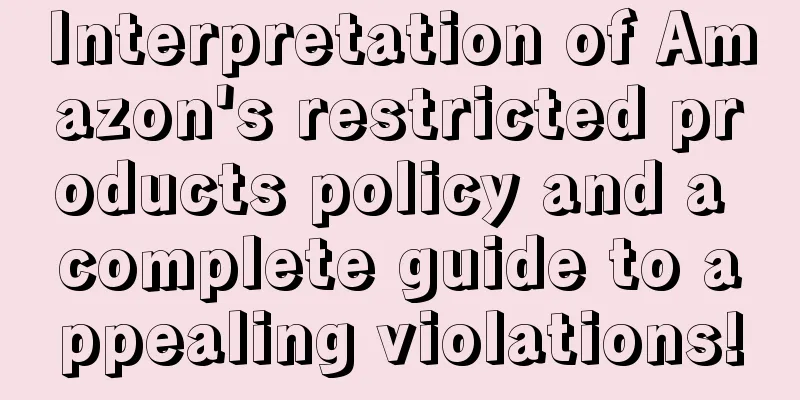What is ISBN? ISBN Review

|
ISBN stands for International Standard Book Number, also known as the international standard book number, which is an international number designed specifically for identifying books and other documents. About ISBN ISBN promulgated the ISBN international standard in 1972 and established the International ISBN Center, an administrative agency for implementing the standard, at the Prussian Library in West Berlin. Currently, publications using the ISBN coding system include books, pamphlets, microforms, Braille prints, etc. advantage 1. The International Standard Book Number is a machine-readable code that is consistent from the production to the distribution and sales of books, and plays a great role in the book distribution system. 2. Its introduction has simplified the procedures of any branch of the book industry, including book ordering, inventory control, accounting and output process. 3. International Standard Book Numbers also facilitate the ordering, selection, cataloguing and circulation procedures of libraries and documentation centers. 4. The introduction of the ISBN system also serves the flow and use of bibliographic information, and provides economical bibliographic control for a country's book production. 5. ISBN is more efficient for the book market. It can identify any book published internationally and its publisher. In the book industry, ISBN is usually called the stock number because it is widely used in book library management. It can be seen that it plays a great role in the development of the book industry. Purpose Every serial publication with different titles and versions in the world has an internationally unique code identifier. Components of an ISBN Each edition or other change of a book can be applied for a new ISBN. Generally, the number is 13 characters or 10 characters (before January 1, 2007) long, and consists of 4 or 5 parts: 1. If the ISBN is 13 digits, a GS1 leading digit: usually 978 or 979. 2. Country or language code of publication. 3. Publisher code. 4. The number assigned to the book. 5. Check code. The 13-code international standard number is usually divided into 5 parts (10-code is 4 parts), and the different parts are clearly separated by hyphens or spaces. The number of digits is variable, and the hyphens can be ignored in system processing; the leading digits guarantee that the string of numbers can be identified as an international standard book number. If necessary, hyphens must be correctly marked; they can make it clearer for users to judge the relationship between the number and the publisher and the country to which it belongs. The International Standard Book Number Directory (PIID) is a non-fixed periodic publication. Example Check ISBN First, open the National Digital Library's bibliographic search page. Or enter the National Digital Library and search directly, enter the ISBN code "3" into the search box, and select the ISBN code in the drop-down list on the left to search. According to ISO-2108, the check digit is generated by calculating the coefficient of 11. The calculation method is to multiply the first nine digits of the International Standard Book Number by the numbers from "10" to "2" in sequence, add the products, and divide the sum by "11". If there is no remainder, the check digit is "0". If there is a remainder, subtract the remainder from "11", and the difference is the check digit. If the difference is "10", it is represented by "X", which represents the Roman numeral 10. ISBN Management System The administrative management of the ISBN system is divided into three levels: the International ISBN Management Agency (International ISBN Center), the ISBN Group Management Agency and publishers. 1. The international ISBN management agency manages each group area management agency through the setting and allocation of group numbers. 2. The ISBN group management agency manages each publisher by setting and allocating publisher numbers. 3. Publishers directly manage their publications through the allocation of publication numbers. Development History -Before January 1, 2007, the ISBN consisted of 10 digits and was divided into four parts: group number (code for country, region, and language), publisher number, book serial number, and check code. -The new ISBN was implemented on January 1, 2007. The new ISBN consists of 13 digits and is divided into 5 segments, that is, the 3-digit EAN (European Article Number) book product code "978" is added to the original 10-digit number. ISBN can be used as a search field in online catalogs, thus providing users with an additional search method. |
<<: What is Moosend? Moosend Review
>>: What is Sellerboard? Sellerboard Review
Recommend
Responding to Verna: Patriots are never alone
First of all, I want to make it clear that no mat...
Sellers, beware! An American buyer used an Amazon return loophole to defraud over $300,000!
According to the U.S. Department of Justice, 34-ye...
Amazon's various terms are explained! A must-read for newbies!
Listing: Product page, mainly responsible for pro...
PD Live: No orders for "0 Yuan Purchase" were received, are sellers maliciously clicking on peers' ads?
Yesterday, the annual Prime Day officially kicked ...
What is Huiwang? Huiwang Review
Shenzhen Huiwang Software Technology Co., Ltd. (Sh...
What is Retail E-Commerce? Retail E-Commerce Review
The retail industry is an important way to realize...
400,000 lost overnight! Be careful, a large number of phishing emails are coming
For cross-border e-commerce sellers, besides copy...
71% of American Black Friday consumers visit Amazon! Walmart is under great pressure!
According to PYMNTS data, 13% more holiday shopper...
Comparing with Prime Day! Target will hold a "Circle Week" promotion!
It is learned that, consistent with previous predi...
What is Amazon Vouchers? Amazon Vouchers Review
Amazon UK has launched a new self-service marketin...
Los Angeles Port operation is in a bottleneck! Cargo delays continue
<span data-shimo-docs="[[20,"获悉,据外媒报道,在旺季来...
Breaking news! The United States suddenly canceled its approval of China's KN95 mask standards!
The COVID-19 outbreak in the United States is curr...
What is fabricones? Fabricones Review
fabritones is a local company specializing in inte...
What is UK company registration? UK company registration review
The UK is one of the best places for anyone to con...
Amazon is striking hard: closing stores, removing shelves, and issuing warnings
A large-scale warning letter incident occurred in...









